Latest NRAO News
News is managed by NRAO News & Public Information. Questions about News? Have a story to share? Want to interview a scientist or create new media about our telescopes?
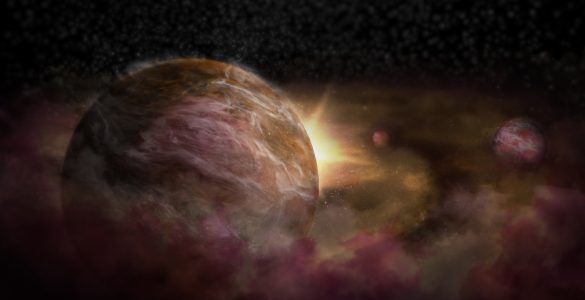
Two independent teams of astronomers have uncovered convincing evidence that three young planets are in orbit around an infant star known as HD 163296. Using a new planet-finding strategy, the astronomers identified three discrete disturbances in a young star’s gas-filled disk: the strongest evidence yet that newly formed planets are in orbit there.
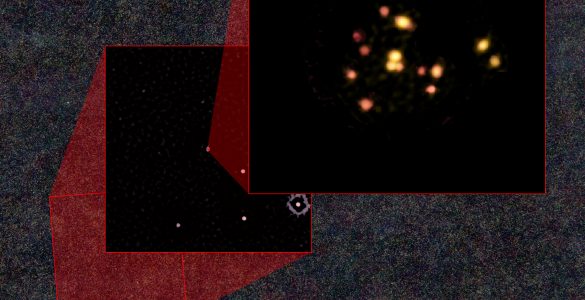
ALMA has uncovered 14 distant galaxies that are poised to merge, forming the core of what will eventually become a colossal galaxy cluster.
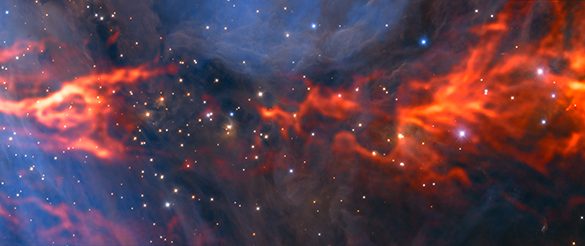
New data from ALMA and other telescopes reveal stunning web of filaments in the Orion Nebula.
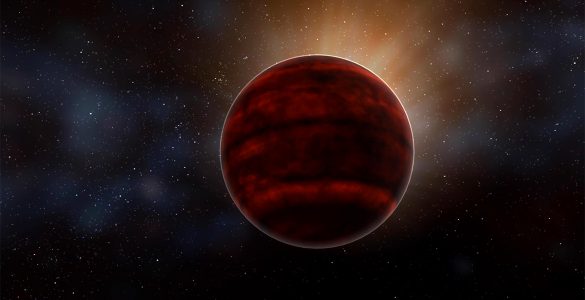
ALMA data reveal that a powerful stellar flare erupted from Proxima Centauri last March. This space weather may make that system rather inhospitable to life after all.
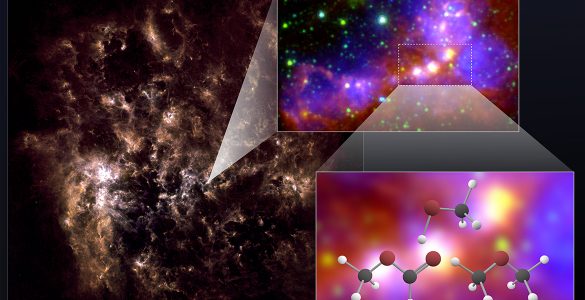
Astronomers using ALMA have conclusively detected the largest, most complex molecules ever observed outside the Milky Way.
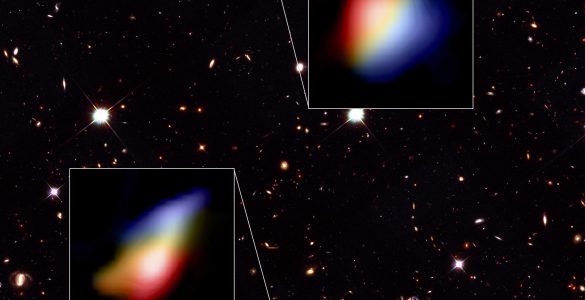
Astronomers have looked back to a time soon after the Big Bang, and have discovered swirling gas in some of the earliest galaxies to have formed in the Universe. These ‘newborns’ – observed as they appeared nearly 13 billion years ago – spun like a whirlpool, similar to our own Milky Way.
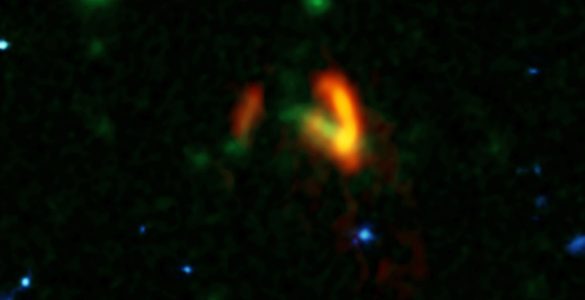
New ALMA observations push back the epoch of massive-galaxy formation even further by identifying two giant galaxies seen when the universe was only 780 million years old, or about 5 percent its current age.
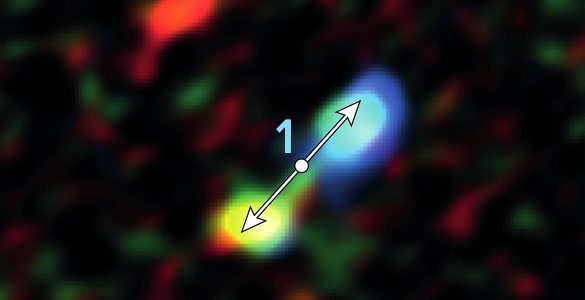
ALMA discovers remarkably early signs of low-mass star formation near the supermassive black hole at the center the Milky Way.
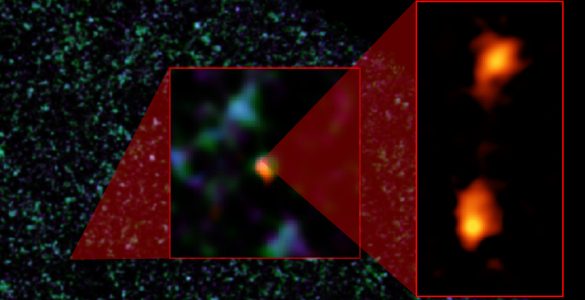
Astronomers using ALMA have discovered two rarely seen, distant galaxies spiraling in toward each other.
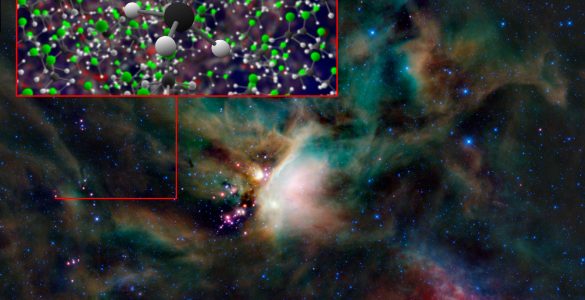
ALMA and the Rosetta spacecraft have each detected methyl chloride in space. This intriguing molecule may have interesting astrobiology implications.





